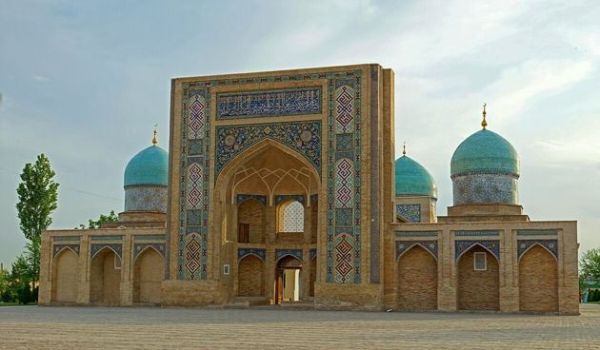Teshik Tash Cave
The name Teshik-Tash is translated from Uzbek as "leaky stone". The cave is famous for the fact that in the late 1930s, the Soviet archaeologist Okladnikov found the skeleton of a child belonging to the Mystery culture (Neanderthals).
The significance of the find was that the horns of a mountain goat were neatly arranged around the skull in a certain order, which meant that the Neanderthals had not only intelligence, but also some rituals.
At a depth of more than one and a half meters, in the cultural layers of the cave, bones of a bear, a wild horse, and a deer were also found. Teshik-Tash is interesting for tourists today, and for scientists and archaeologists it is a real treasure trove.


